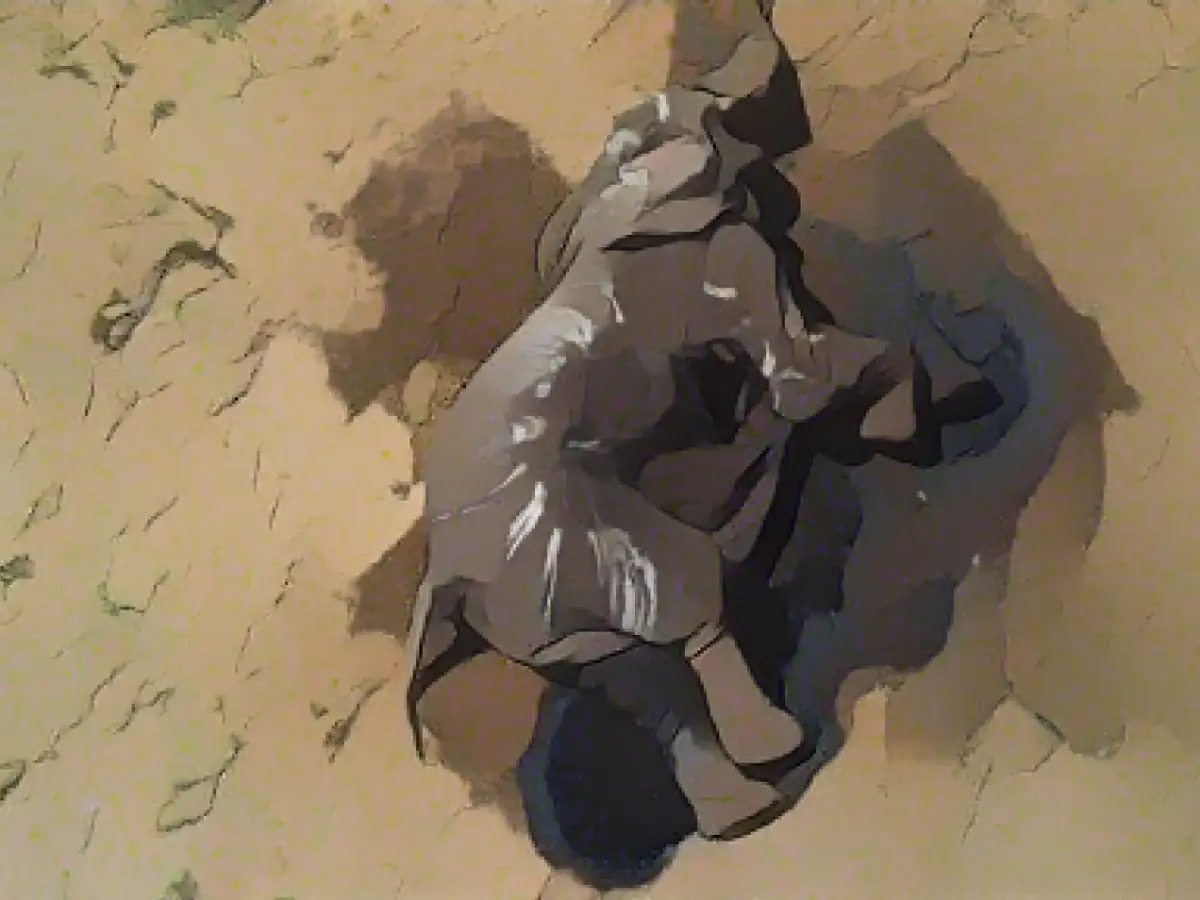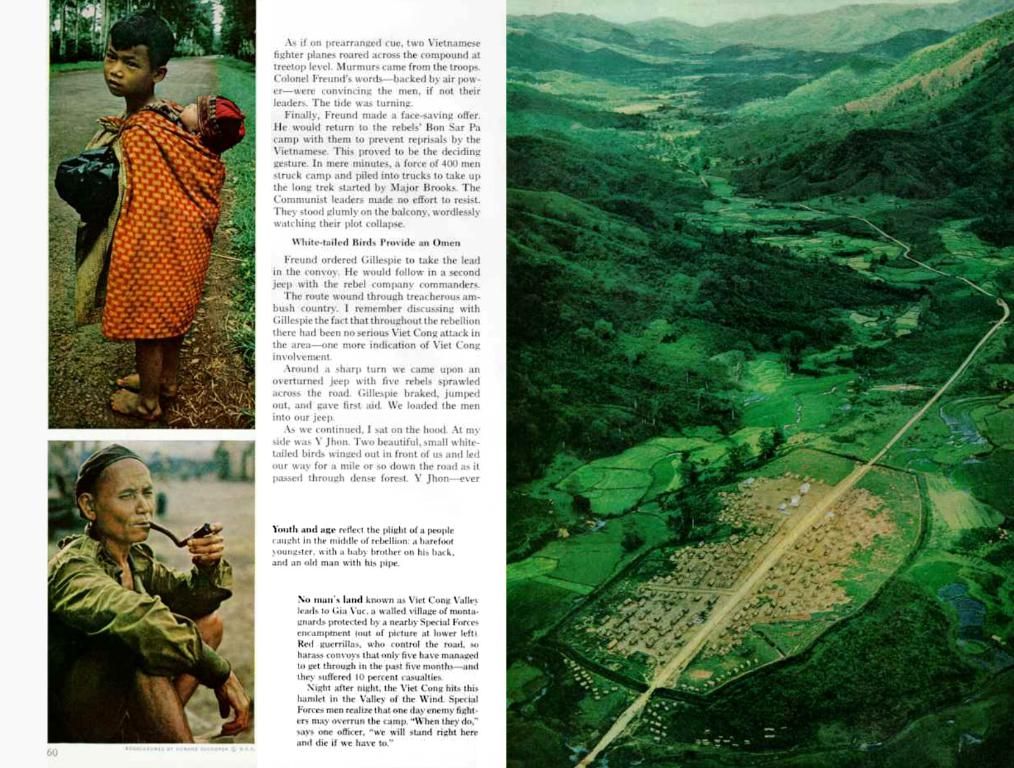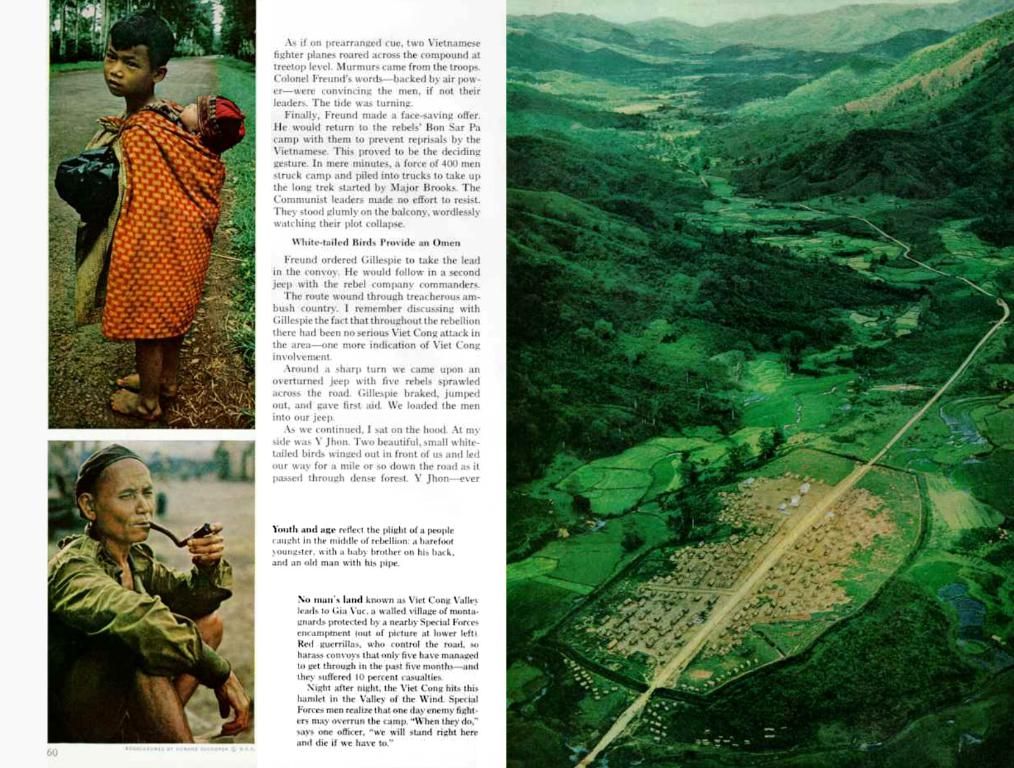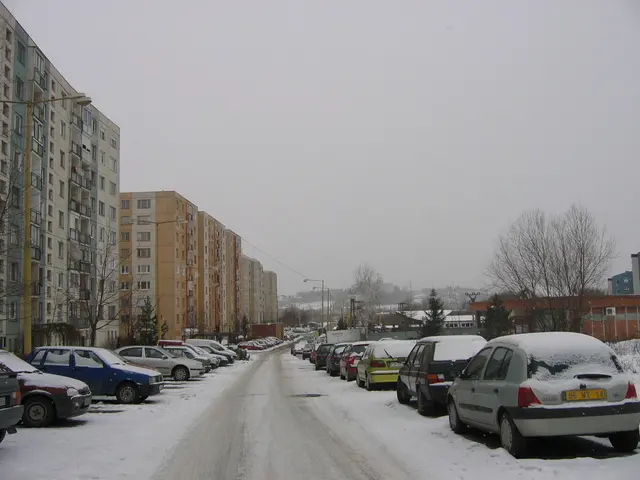In the heart of Zimbabwe, a grim situation has unfolded at its National Park. Over the past three months, approximately 100 elephants have succumbed to the ravages of a persistent drought. The International Fund for Animal Welfare (IFAW) attributes this tragedy to the lack of summer rainfall in the region. The current situation of the animals is bleak, with numerous watering holes in Hwange National Park, the country's largest nature reserve, drying up.
Elephants and other wildlife species are teetering on the brink of disaster, according to IFAW's Program Director for Habitat Conservation, Phillip Kuvawoga. This harsh reality echoes the demise of over 200 elephants in 2019, another victim of the severe drought that gripped Zimbabwe. The grim picture reveals the harsh consequences of climate change on wildlife.
In an attempt to combat the effects of climate change and protect wildlife, Zimbabwe's park authorities, in cooperation with nature and environmental organizations, relocated around 600 weakened elephants and thousands of other animals to less affected areas four years ago. This proactive approach to wildlife conservation is now more crucial than ever as the continent grapples with the ravages of climate change.
The ongoing drought is not an isolated incident. Climate change is intensifying the water scarcity, leading to disastrous droughts in regions like Zimbabwe. The stark reality of climate change's impact on wildlife conservation is evident across the globe, with African countries like Zimbabwe experiencing high mortality rates in elephants due to water shortage and drought.
As the continent continues to face challenges amidst climate change, initiatives such as nature conservation and habitat restoration will play a significant role in preserving diverse wildlife species like elephants, ensuring their survival, and protecting Africa's natural heritage.
Enrichment Data:
- Droughts caused by climate change are impacting the availability of water and food for wildlife, threatening their survival.
- The introduction of artificial water sources, like irrigation canals, disrupts natural water cycles and habitats, ultimately affecting wildlife and vegetation heterogeneity.
- Climate change can lead to habitat fragmentation, isolating wildlife populations and compromising their reproduction and food access.
- Droughts exacerbate human-wildlife conflict, leading to tensions between rural farmers and elephants resulting in crop damage.
- Climate change-induced droughts and altered water cycles can lead to ecological changes that affect wildlife distribution and behavior, potentially increasing their vulnerability to other threats.








